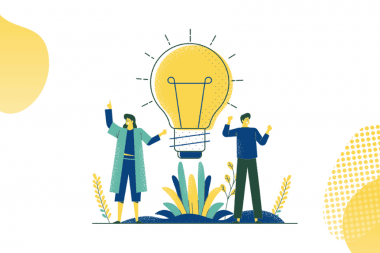Subscribe to our newsletter
© Copyright 2020. Trust2Work All Right Reserved. Part of MKT Group
Drive team engagement in designing their own workplace.
powered by Morphoza
Offices used to be about work, mainly individual work. The pandemic changed that dramatically and forever. Employees and managers found out that people can successfully perform individual work anywhere. Offices must now host our humane needs to interact, collaborate and socialize. What we mostly need in the post-pandemic era is for our offices to foster togetherness. To shift their focus from the individual to the team. The office becomes the place where teams form and perform. We are here to team up with your teams to make that happen.
The first phase of the Trust2Work process is based on a 360-degree understanding of your industry, organization, work styles and challenges. Its goal is to define the need for change, who and how is impacted, who are the possible sponsors of the change and how to get them on board, workspace requirements, space opportunities and limitations.
In this phase, we will involve all your employees, at any professional levels – not only leaders or department managers – in order to get a clear image of your company and to generate a process with high added value, whose objectives and challenges can be presented in any board meeting.
We know your needs, we feel the space, now it’s time to design your new workplace, by inviting employees’ input into the process. This approach will instil enthusiasm for change from the top down, from the bottom up and at every level between.
Even if your employees may feel they are not good at choosing colours, items or patterns, at the end of the process, this phase is likely to be the most appreciated experience. That’s because everyone feels they have a voice and belong to a community that’s engaging them in major processes such as the company transformation. This phase output is a design concept guided by our specialists, but developed based on the precious input of your future workspace occupants.
This is the stage when our ideas and concepts exit the realm of imagination and become tangible. Once the design concept and technical projects have been agreed, they are handed over to the Project Manager who coordinates the sub-contractor teams, works planning, and takes care of any planning requirements. This is how we will make sure everything is completed on time and within budget.
During the whole implementation stage, people may become skeptical as they are no longer directly involved in the process. We will temper this reaction with transparency and constant communication. This will give employees the feeling they’re getting the full picture about what’s happening and prepare them for the new ways of working.
All the previous stages will require dedicated resources and will not succeed unless the management aligns vigorously with the reasons behind the Trust2Work process. Your most visible change champions must be senior executives, because employees want to see their commitment. That’s why we will provide training and small coaching teams sessions among leaders so they can support each other and their teams as well, as they move through the change together. The initiatives area meant to orient them to the process, emphasize their essential role, and offer tips about overcoming resistance
Diana Calfa
Creative Strategist & Founder of Morphoza
Partner at Trust2Work
I think that the right manner of handling the new reality is by changing behaviours. Company leadership needs to be more flexible and agile and needs to allow their teams to work from home if they want to and provide them enough clarity on their role so that they can stay productive. Through this phase of change, I rely on the agile Trust2Work process we developed to serve as a tool for leaders in changing behaviours at work, while adapting the office to the challenges that emerged or may emerge in the future.
Cosmin Alexandru
Change & Organizational Transformation
Partner at Trust2Work
The physical space is the body language of an organization. Now, that many employees work and will work from their private spaces, the body language of many organizations has to reinvent itself to stay coherent. In order to become relevant and desirable for the new working reality, the office space has to answer to different needs, wants and expectations. We are here to partner with our clients in finding those answers.

The assumption I’m starting with is that the new hybrid reality (online-offline, home-office) will generate a different way of working and performing in teams, especially in leadership teams. I think it’s still early for defining a new model, but the firs...
Read →
Over 90% of what we learn about team performance comes from literature, research and case studies of American or English origin. This is a very good thing, but incomplete, when you consider local relevance. It’s not only about Romania, but also about more th...
Read →
We know it, this is an unpopular opinion. Crises usually generate uncertainty and fear, but they also challenge us to grow. How, you may wonder? Well, through change. Change is never an easy pill to swallow. It means letting go of our old ways and div...
Read →